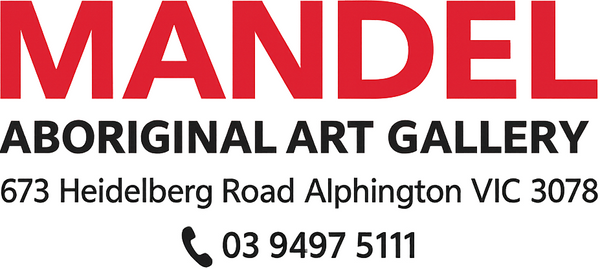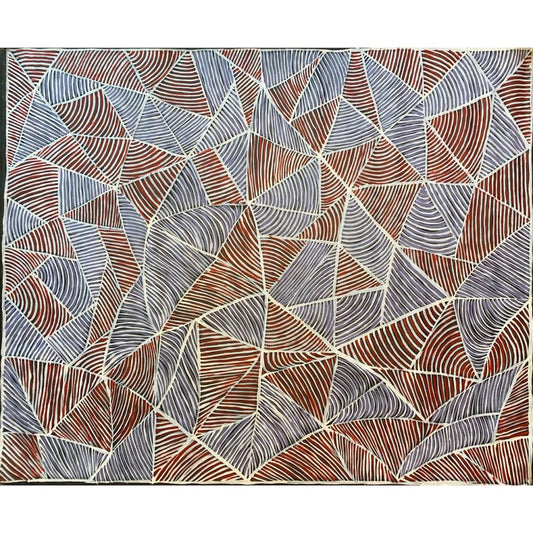Collection: Ada Bird Petyarre
-
Ada Bird Petyarre 122cm x 149cm
CODE : 4517Vendor:Ada Bird PetyarreRegular price $6,000.00 AUDRegular priceUnit price / per -
Ada Bird Petyarre 900mm x 1200mm
CODE : 3147Vendor:Ada Bird PetyarreRegular price $4,990.00 AUDRegular priceUnit price / per
Ada Bird Petyarre
Ada Bird Petyarre (1930–2009) was an Australian Aboriginal artist, belonging to the Anmatyerre tribe from the Utopia area in the Northern Territory. She is internationally renowned for her dynamic acrylic paintings with dreamings of traditional stories and customs as well as with nature. Urging the maintenance and popularization of her culture, Ada Bird Petyarre became a pioneer of the contemporary Aboriginal painting of the Utopia movement.
Early Life and Cultural Roots
Ada Bird Petyarre was born in 1930 on the traditional lands of Atnangkere, Utopia, situated on the further east of Alice Springs. Brought up in a very religious landscape, she was immured in the legends, rites, and ceremonies of her Anmatyerre identity. These formative years played a very crucial role in her artworks because they informed her painting an understanding of the spiritual and cultural facets of their forebears.
She had an affinity with the land and stories told through Dreaming by word-of-mouth or oral tradition became the basis for her work. Ada Bird inherited her talent from her relatives who were also famous Indigenous artists, such as her sister, Emily Kame Kngwarreye and niece Rosemary Petyarre, and was born into an artistic environment filled with essential cultural values.
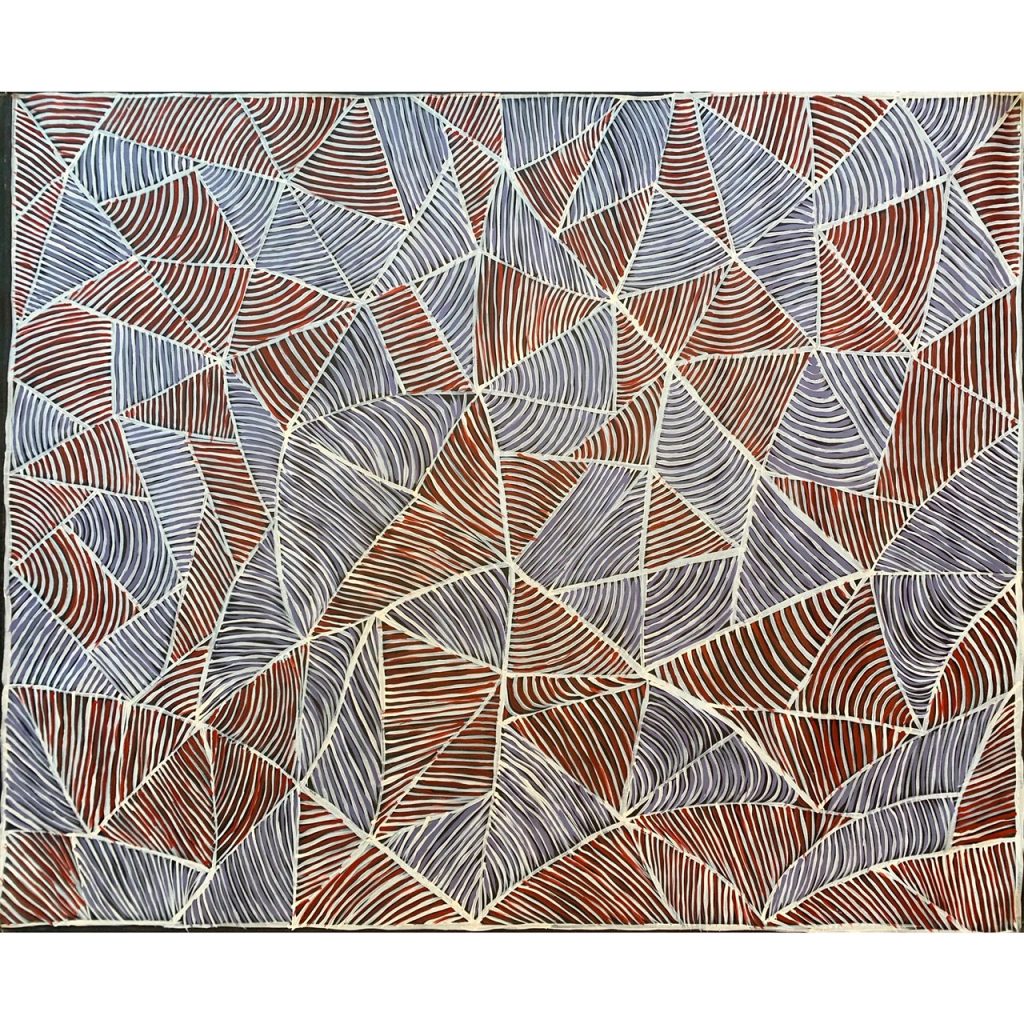
The Utopia Batik Movement
Like so many of her contemporaries, Ada Bird Petyarre did not paint until the last two decades of the twentieth century; she participated in the Utopia Women’s Batik Group, founded in the mid-1970s by the Aboriginal Affairs Branch of the Northern Territory government to grant Aboriginal women employment.
The Utopian Women's Batik group was formed and led by Julia Murray. The original members of the group include Emily Kanekngwarreye, Lindsay Bird Mpetyane, Kathleen Petyarre, Violet Petyarre, Lena Pwerle, Gloria Petyarre, Nancy, Myrtle and Ada Bird Petyarre. Using textiles, she and other artists have tried to apply batik designs in a way that promotes the Dreaming stories and heritage. This collective project was instrumental to the development of Utopia as the hub for indigenous art production.
The Batik period enabled Ada Bird to fine-tune her recourse to images and become familiar with the art scene on an international level. Nevertheless, at the end of 1980, she decided to paint with acrylic on canvas as this provided her with the most freedom in her creation and contributed to the formation of her individual portfolio.
Themes and Artistic Style
Most of the works by Ada Bird Petyarre depicted Dreaming stories that were inherited from her ancestors. She has painted ‘Awelye’- women’s ceremonial body painting and other subjects related to her peoples‘ culture such as sites, plants and animals.
Among her most famous collections is the one telling the story of the Bush Hen Dreaming associated with sacred places and cycles. Her paintings also depict edible and medicinal plants that her community understands and interacts with the immediate environment.
Her works feature bright and highly saturated hues that accompany a combination of geometric shapes and forms done through dotting. With grace, she has incorporated conventional iconography with modern methods or styles and has been able to come up with active forms and movements that depict the Dreaming. It is for these reasons, and more that many of her works are noted for rich emotional charge and spirituality.
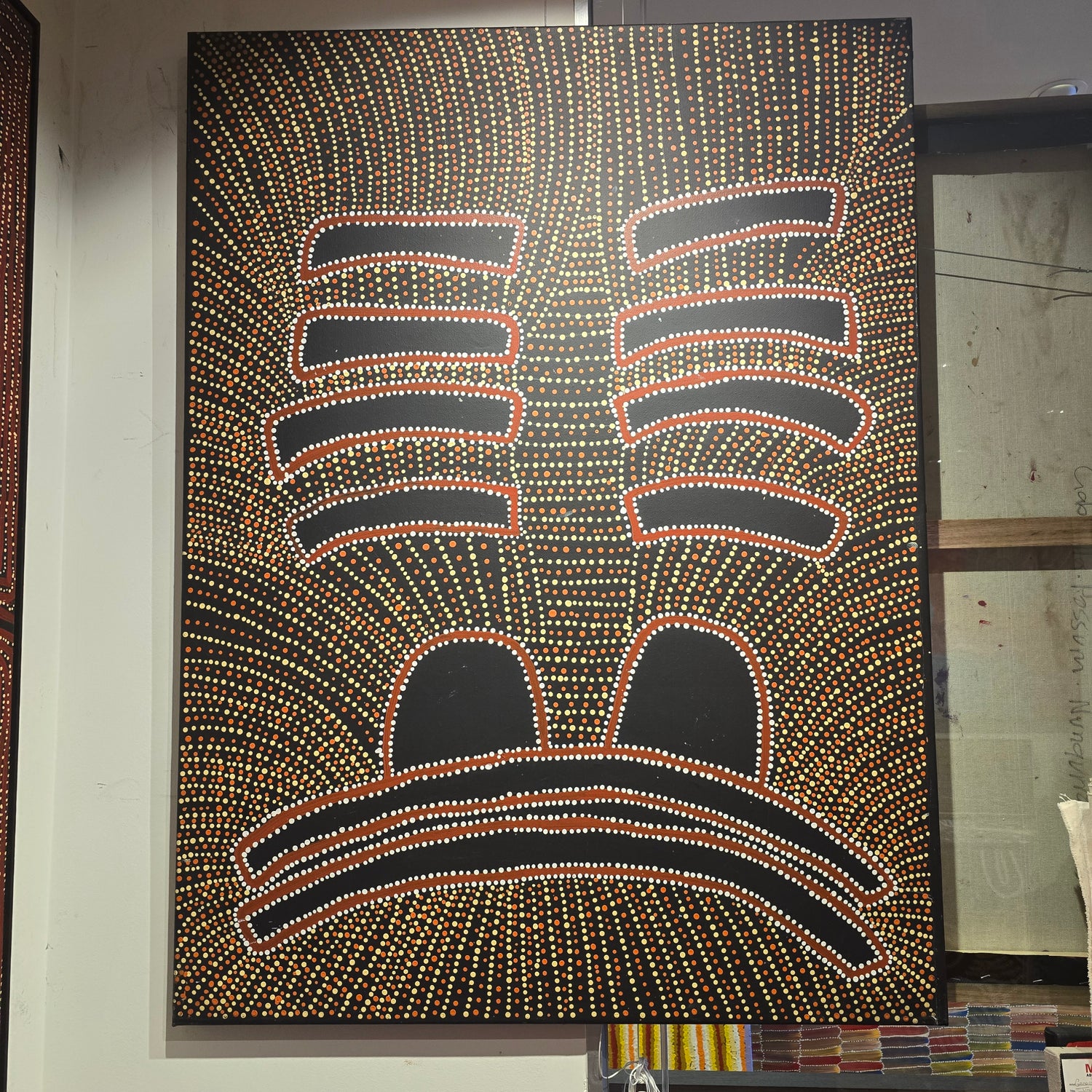
Recognition and Legacy
It was not until the 1990s that Ada Bird Petyarre’s art was well received, and many of her paintings were displayed in major exhibitions in Australia and those held in America, Europe and Asia. Her paintings are in the collections of the National Gallery of Australia, and the Art Gallery of South Australia, as well as private and public collections internationally.
Ada Bird was one of the first artists in the Utopia art movement and contributed to the promotion of Aboriginal art worldwide. In her work, she was able to show the sublimity and the variety of the Aboriginal people's art and played an important role in the cultural shift of recognizing Indigenous artists in Australia’s contemporary art world.
Besides being an artist, Ada Bird Petyarre was an elder of the community and an important person in society. She served as a crucial link between the younger and older generations and was responsible for passing on the knowledge of Anmatyerre culture and ensuring that these traditions remained lively and active. It was crucial for her to be a part of a culture, in which she was a defender, as well as an artist.
Although Ada Bird Petyarre died in 2009, her artistic activity is still going strong. Her works are still considered to contain deep religious, cultural and artistic meanings. She became an important artist in the art movement of the Utopia and will be remembered by future generations of Aboriginal artists and conveys the history and culture of Australia.
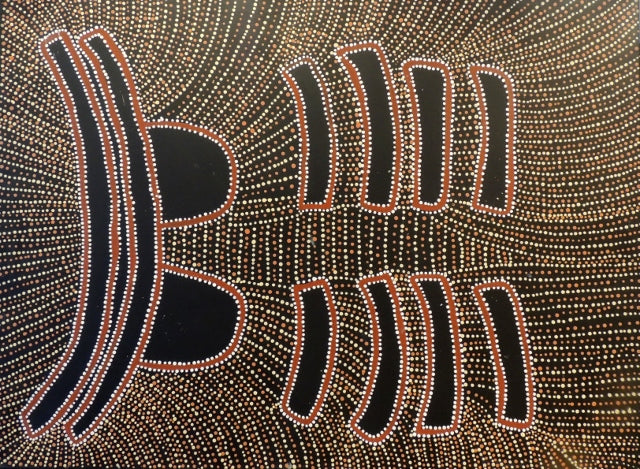
Dive into the Story of Ada Bird Petyarre
See Ada Bird Petyarre's art paintings and colourful narratives of the Dreamtime. Every piece of work is their view of the Aborigines’ heritage and the history of Utopia.
Visit our gallery in person or explore our online collection. Honor Ada's legacy by receiving a part of Aboriginal cultural identity and art that generates unending enthusiasm from art enthusiasts across the globe.
